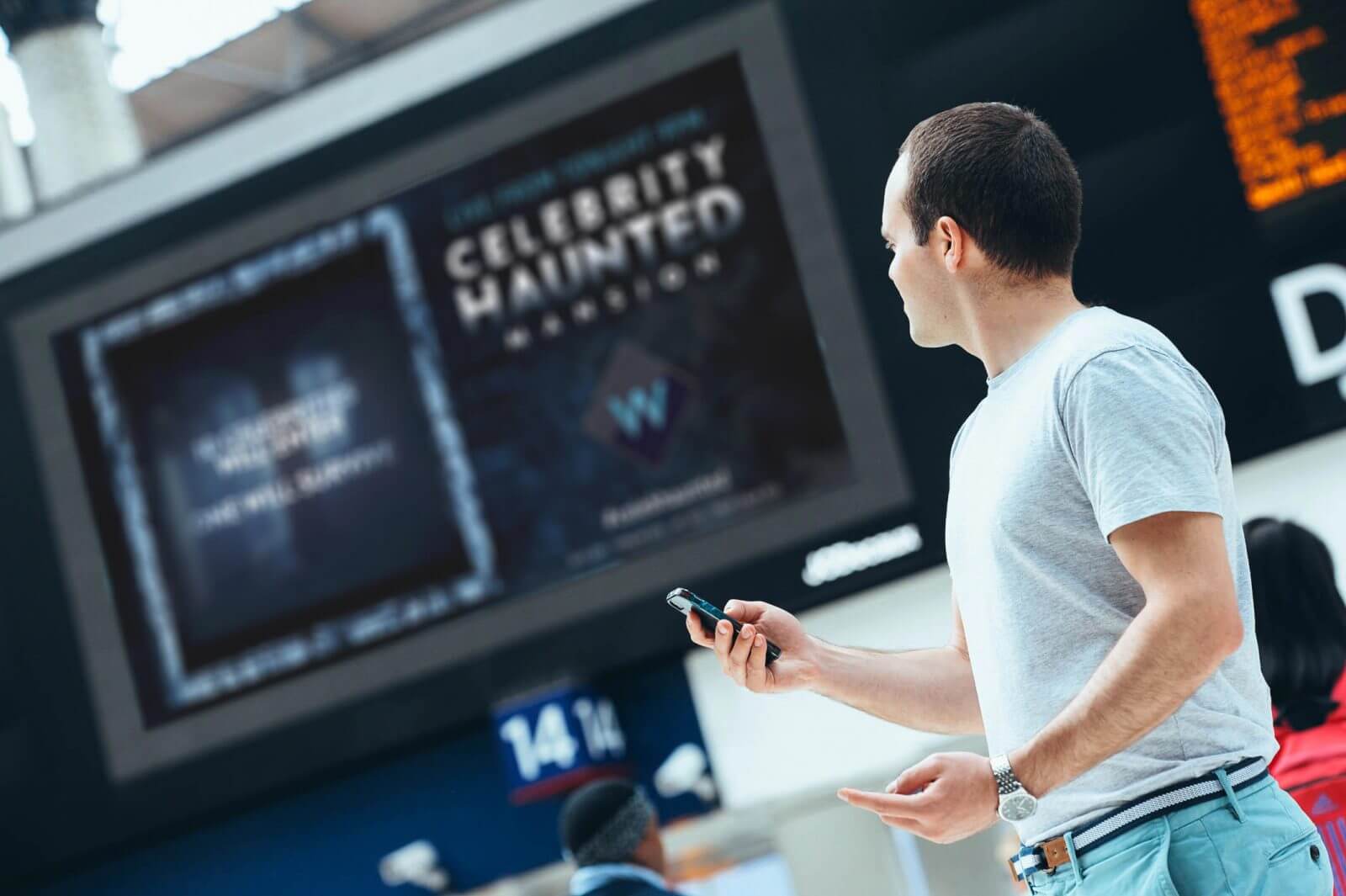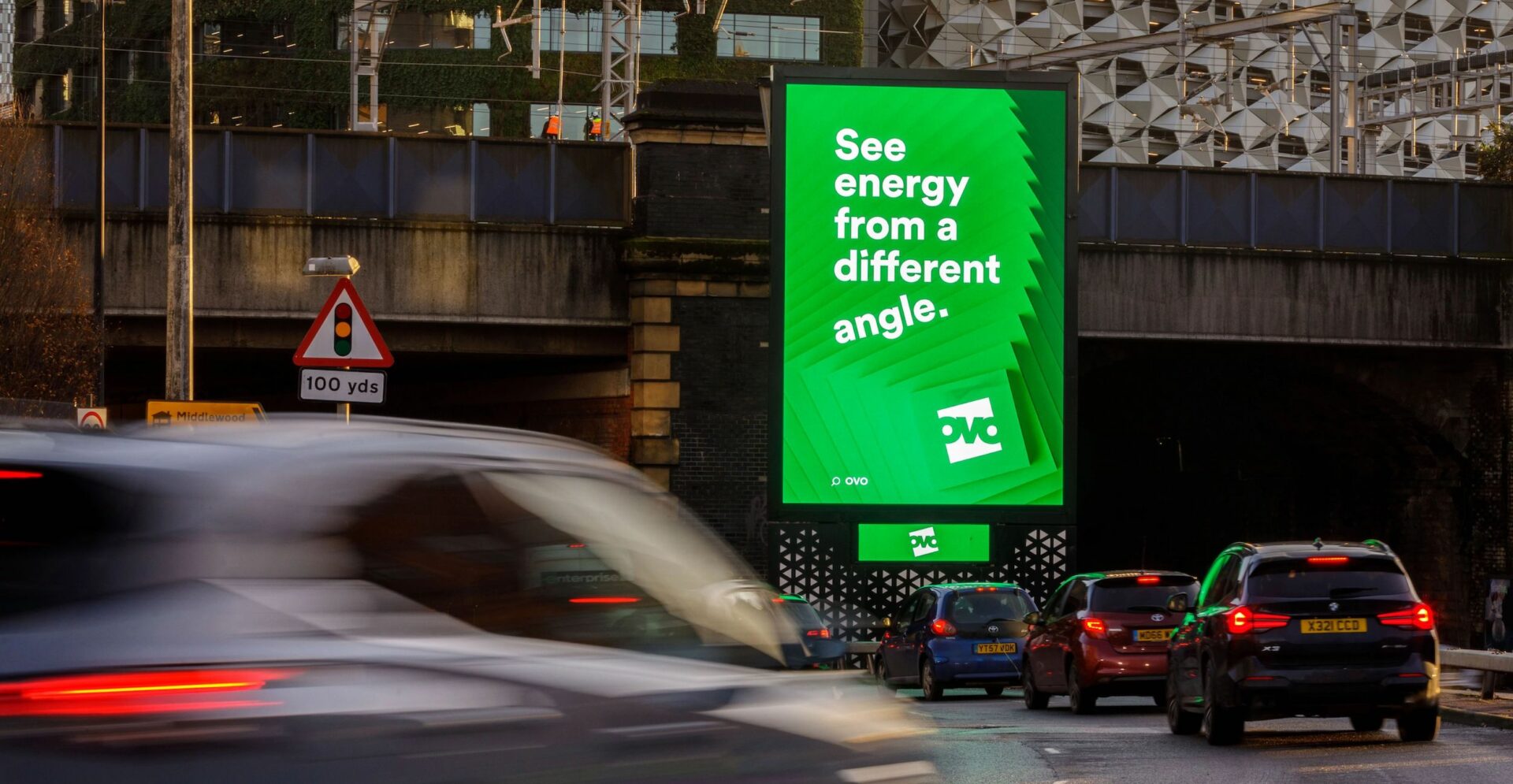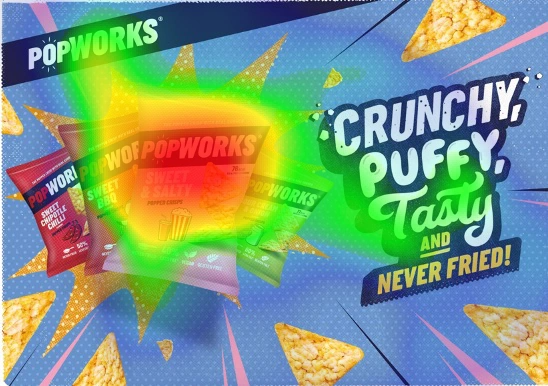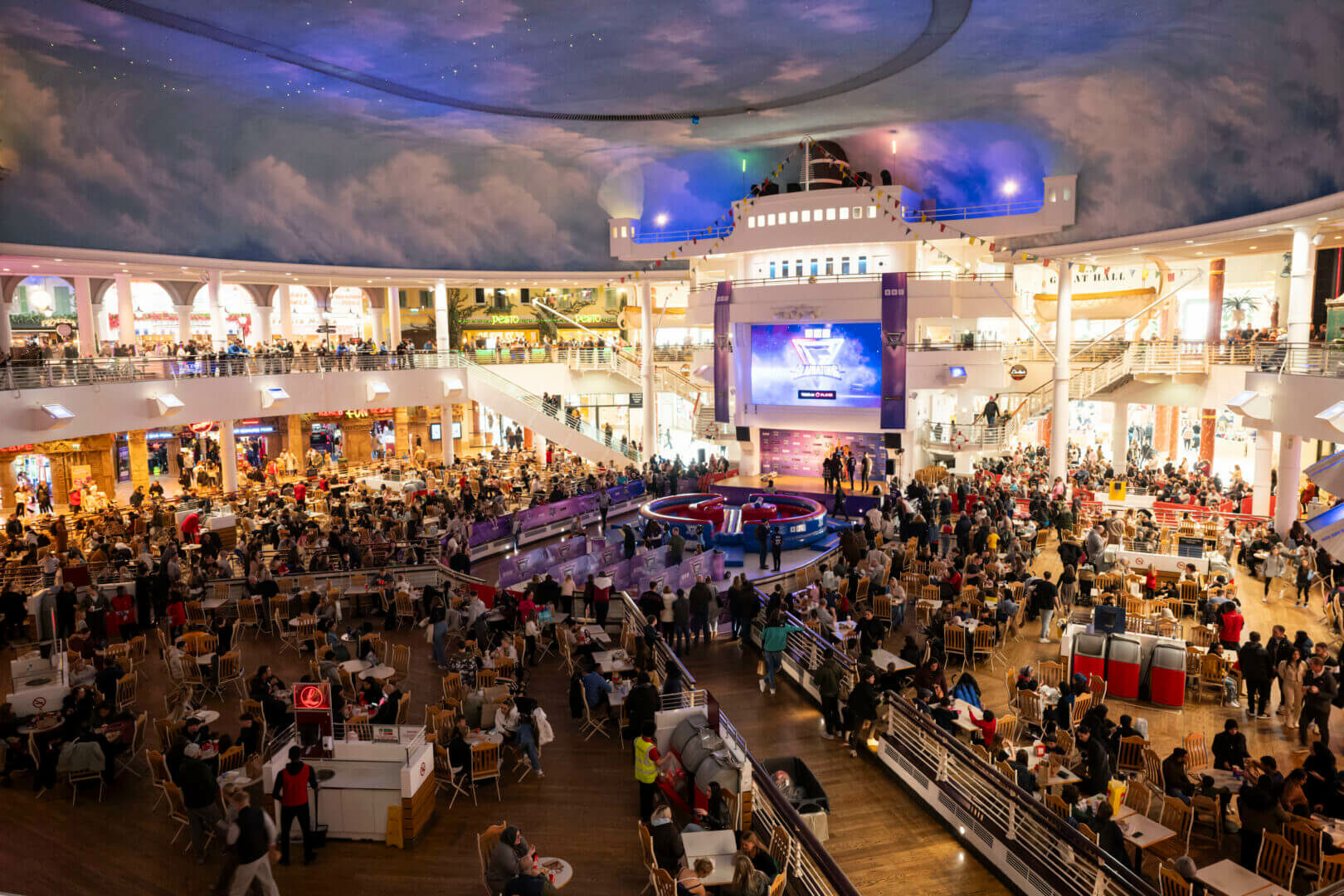Transforming Out of Home – an “outsider’s” perspective
Josko Grljevic explains the 2019 roadmap for technology and automation in OOH
Since taking on the newly-created and in vogue role for developing companies – that of Chief Transformation Officer at Talon – I’ve taken on the challenge of managing and implementing disruption in a digitally-changing business. Despite still being a relative “newbie” to OOH, I have had the opportunity to work on both the buy and sell side over the past two years. That experience of operating on both sides of the fence has been helped to fast-track my understanding of the industry and perhaps more importantly, some of its fundamental challenges.
Two challenges in particular stand out because they currently represent significant barriers to growth but could turn out to be enormous opportunities if tackled in the right way.
The first of these is the analogue nature of the interactions between businesses operating in the industry. Somehow, OOH media trading has managed to sidestep the digital tsunami that has been sweeping through almost every other vertical over the past two decades. By digital I mean the digitisation and transformation of business process and not the rollout of digital screens. Excel and telephones are still very much essential to every aspect of trading, for better or worse.
Technology platforms have been implemented in recent years, helping some businesses to rationalise elements of their internal business process, but they’ve done little to promote standardisation and automated trading. Consequently, many of the existing manual processes persist.
The lack of digital maturity at this scale is quite unusual and appears borne from a misplaced belief that; “OOH is an extremely complex business and it’s not possible to simplify”, and that “commoditising planning and buying will precipitate a race to the bottom”.
Having worked across a number of industries over the past 20 years, I don’t believe that OOH is any more complex than many other sector verticals. The reason those industries seem less convoluted is mostly down to a streamlining their business processes or abstracting the operational intricacies from end users and customers… or both. Retail and travel are far more complicated in their own right and yet you can still book a flight and purchase products online without needing any training.
Organisations that do this really well focus on making their customer interaction really simple. The simpler and more intuitive the journey, the greater the design effort required to get it absolutely right. But when it’s done well, the payback can be spectacular.
As for commoditisation, this is about process and not price. OOH must simply automate many of the existing interactions in order to lower the barriers to entry for advertisers and enable the industry to scale beyond the current 2-3% annual growth.
The value that any business provides doesn’t come from its internal process but the outcomes those processes create for the customer. Inefficient processes create poor customer experiences. The real value that Out of Home advertising companies provide is to enable advertisers to continually maximise the return on their OOH investments. We already have the means to do this today; data and insights, technology and automation are at our disposal, but aren’t being utilised to their full potential to drive that value.
The second challenge is the obsession with all things “Programmatic” even though the concept is widely misunderstood. Part of this confusion is probably as a result of attempts to try and shoehorn an online and mobile trading model into OOH. Programmatic trading in our industry’s context should be about technology and business process standardisation, system integration and automation of planning and buying functions. All of which ought to drive efficiency, data driven activation and scale for both advertisers and OOH operators.
Programmatic therefore represents a potential opportunity for growth but it relies on having well defined and automated trading standards which are driven and executed through technology. With one or two exceptions, this capability does not exist in our industry today. Up to now, “programmatic” OOH campaigns have been little more than manually configured and executed plans marketed as the real-deal by factually sparse PR campaigns.
The path to true programmatic OOH is not insurmountable and the building blocks have been available for some time. What is lacking however is the leadership and technical maturity necessary to make this a reality. In my view, the leadership which is so pivotal to successfully deliver a self-managed and long overdue digital transformation, must come from the specialist OOH agencies like Talon. As aggregators of demand and the interface into customers and agencies, they have the remit and scale to drive a progressive evolution of the industry into the digital age.
For me, the challenges and opportunities for OOH are clear. The analogue modus operandi which has served it so well over the years will no longer be fit for purpose and the number of pure-play digital organisations looking to leverage their technology and skills to digitise OOH is growing by the day. As a rule of thumb, deliberately disrupting yourself on your own terms is likely to have a better outcome than having it enforced by an external 3rd party. We have reached an inflection point that could drive the transformation of the industry through broader use of data, technology and automation, ultimately making it more scalable and accountable than it has been up until now.




